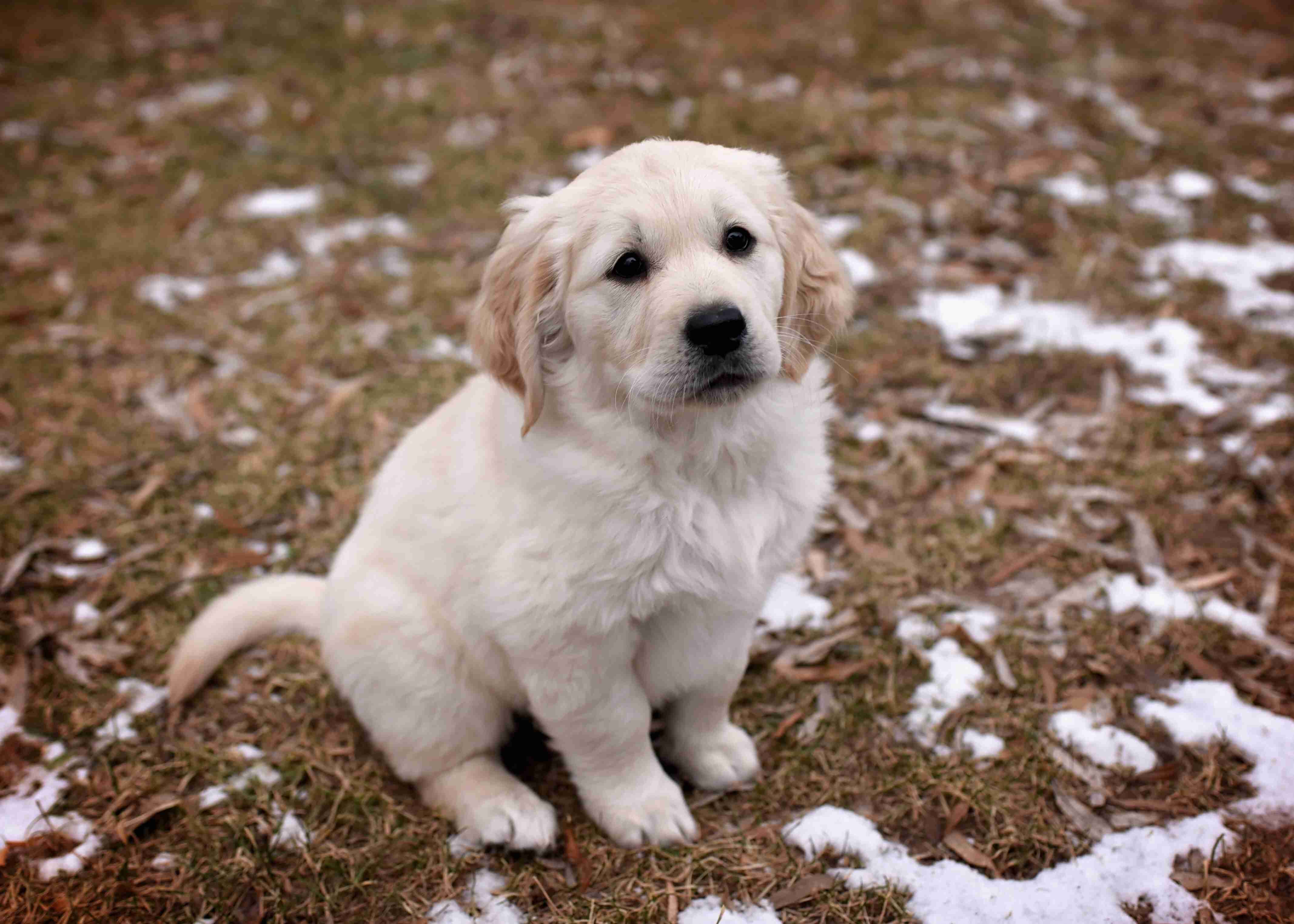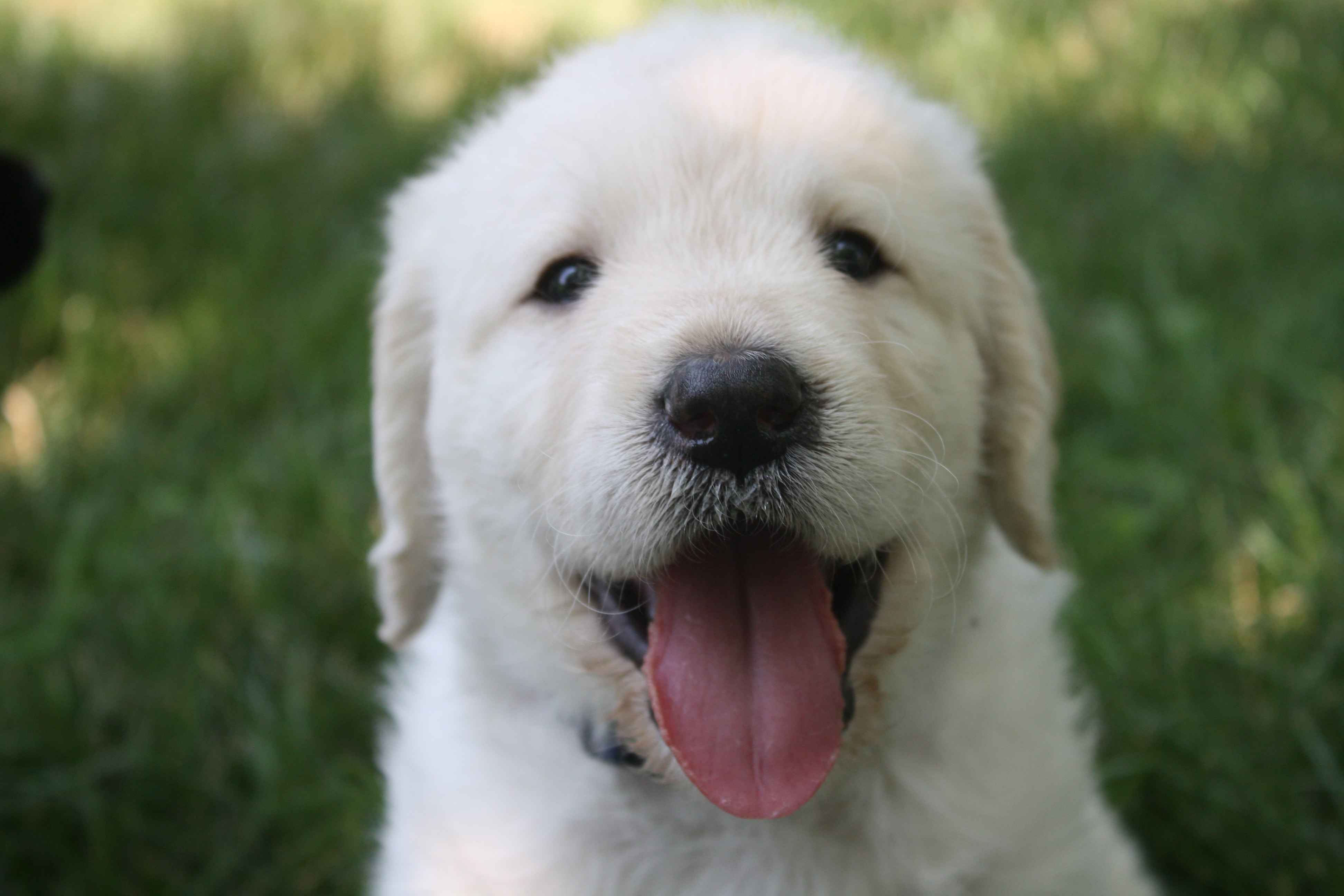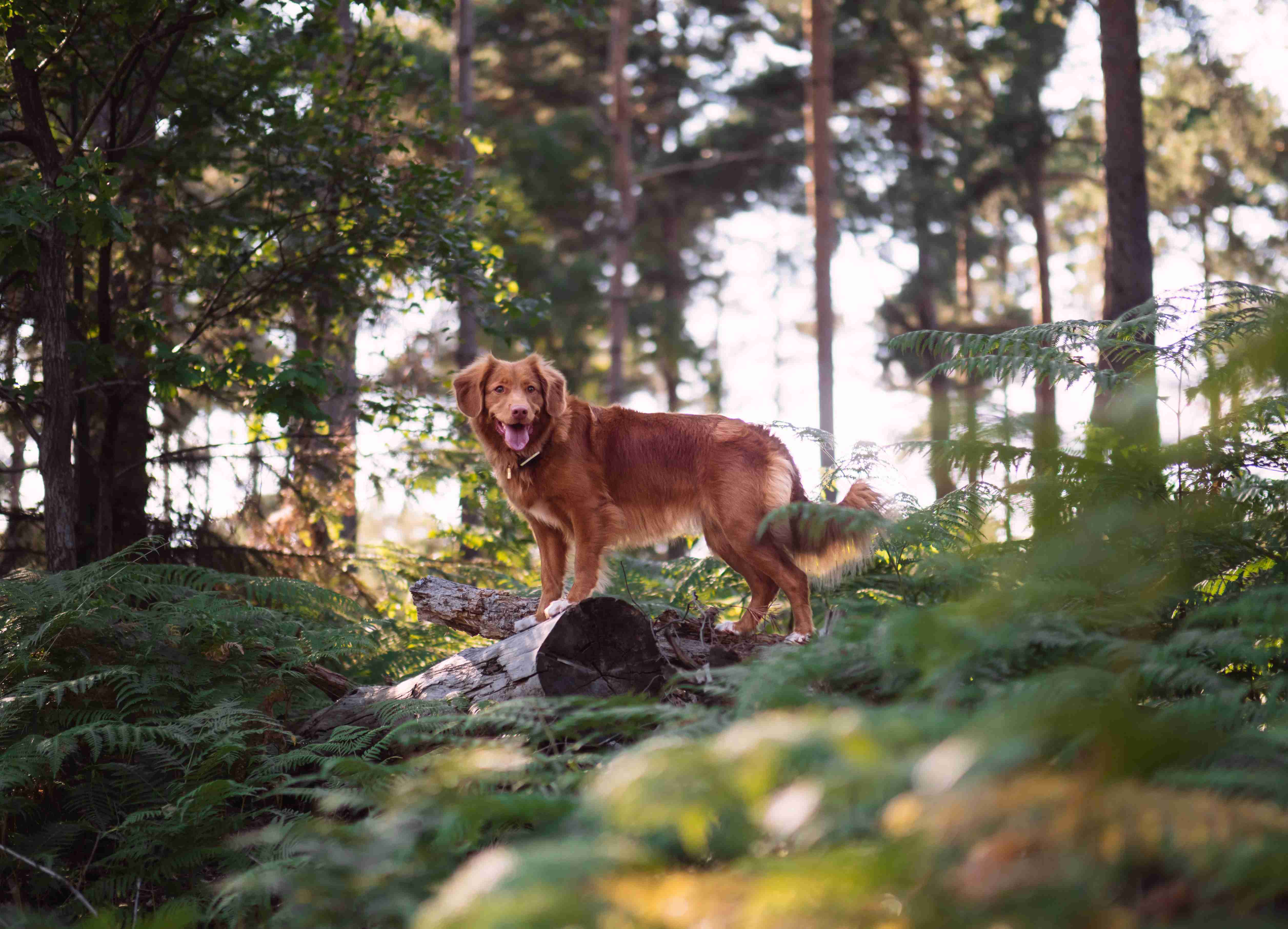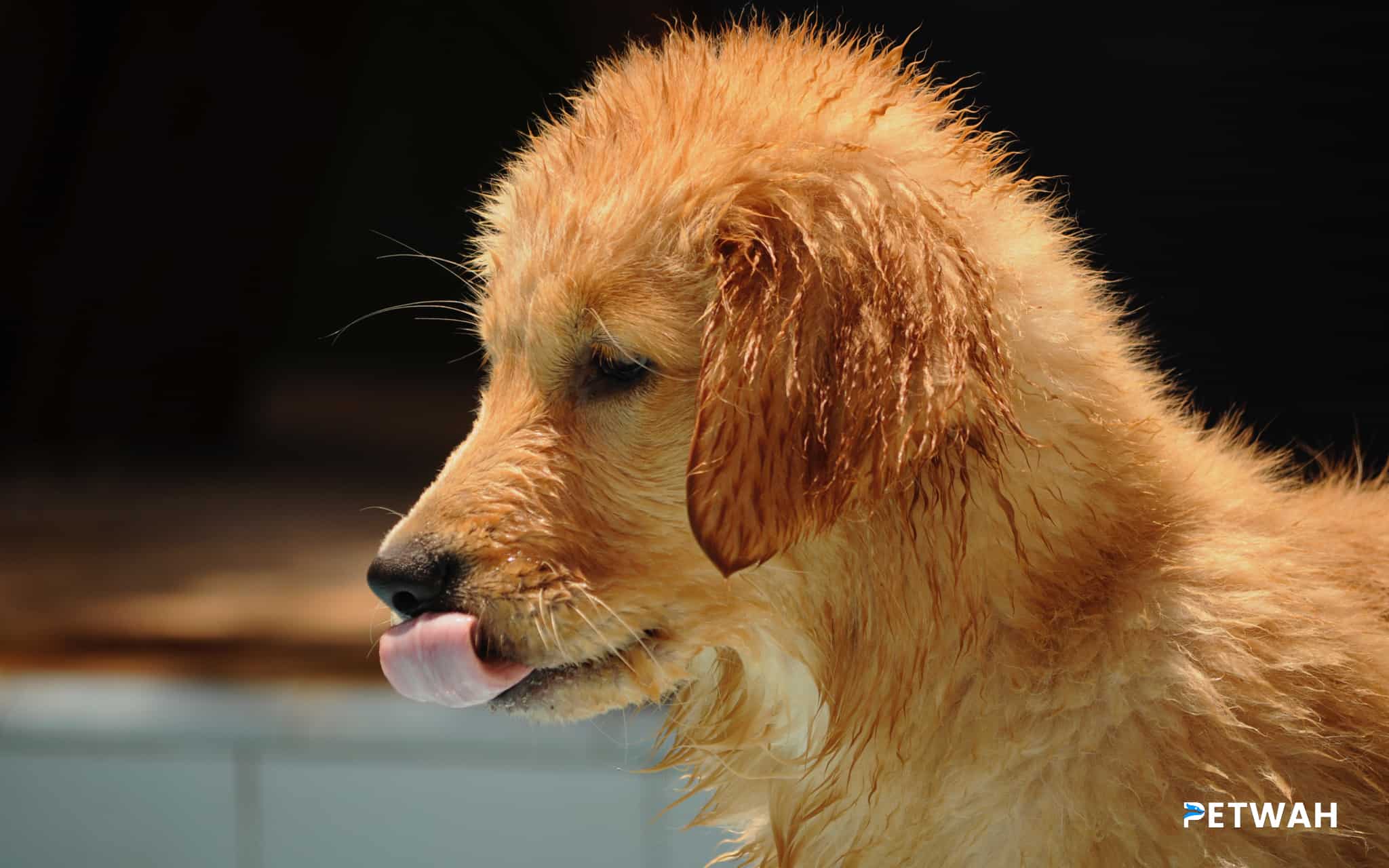Golden Retrievers are one of the most beloved dog breeds, known for their friendly and affectionate nature. They love to play and interact with humans, especially children. However, as with any interaction between animals and children, there are certain rules that need to be followed to ensure the safety of both parties. In this blog post, we will discuss the best practices for teaching children how to safely interact with Golden Retrievers. Whether you are a parent, a teacher, or just a dog lover, these golden rules will help you ensure that your child has a positive and safe experience with these lovable canines. So, let’s get started!
Golden Retrievers are one of the most popular dog breeds in the world, and for a good reason. They are friendly, loyal, and great with children, making them the perfect family pet. However, while Golden Retrievers are generally well-behaved, it is crucial to teach children how to interact with them safely. Here are some best practices for teaching children how to safely interact with Golden Retrievers.
- Teach children to approach Golden Retrievers slowly and calmly: Children should be taught to approach Golden Retrievers slowly and calmly, using a quiet voice. Running or shouting can cause the dog to become scared or agitated, which can lead to aggression.
-
Always ask for permission before petting a Golden Retriever: Children should always ask the owner’s permission before petting a Golden Retriever. This is not only polite but also ensures that the dog is comfortable with the interaction.
-
Avoid hugging or kissing the dog: While it may be tempting for children to hug or kiss the dog, it is not always safe. Hugging or kissing can make the dog feel trapped or uncomfortable, which can lead to aggression.

- Teach children to avoid the dog’s face and tail: Children should be taught to avoid the dog’s face and tail. These are sensitive areas that can trigger a defensive response from the dog.
-
Never disturb a dog that is eating or sleeping: Children should be taught to never disturb a dog that is eating or sleeping. This can startle the dog, causing it to react aggressively.
-
Teach children to read the dog’s body language: Children should be taught to read the dog’s body language to determine how the dog is feeling. A wagging tail and relaxed body indicate that the dog is happy and comfortable, while a stiff body and growling indicate that the dog feels threatened.
-
Supervise interactions between children and Golden Retrievers: Children should always be supervised when interacting with Golden Retrievers. This ensures that the children are following the best practices and that the dog is comfortable with the interaction.
Golden Retrievers are fantastic family pets, but it is essential to teach children how to interact with them safely. By following these best practices, children can enjoy a safe and positive relationship with their Golden Retriever.
Teaching children how to interact with Golden Retrievers is a crucial part of ensuring that both the child and the dog remain safe and happy. By following the golden rules we have discussed, you can help your child build a strong and loving relationship with their furry friend. Remember that every dog is unique, and you should always supervise young children around dogs, no matter how well-behaved they may seem. With patience, kindness, and respect for one another, your child and their Golden Retriever can form a lifelong bond that is full of love, joy, and companionship.
Please follow us on Social Media







.jpg)
